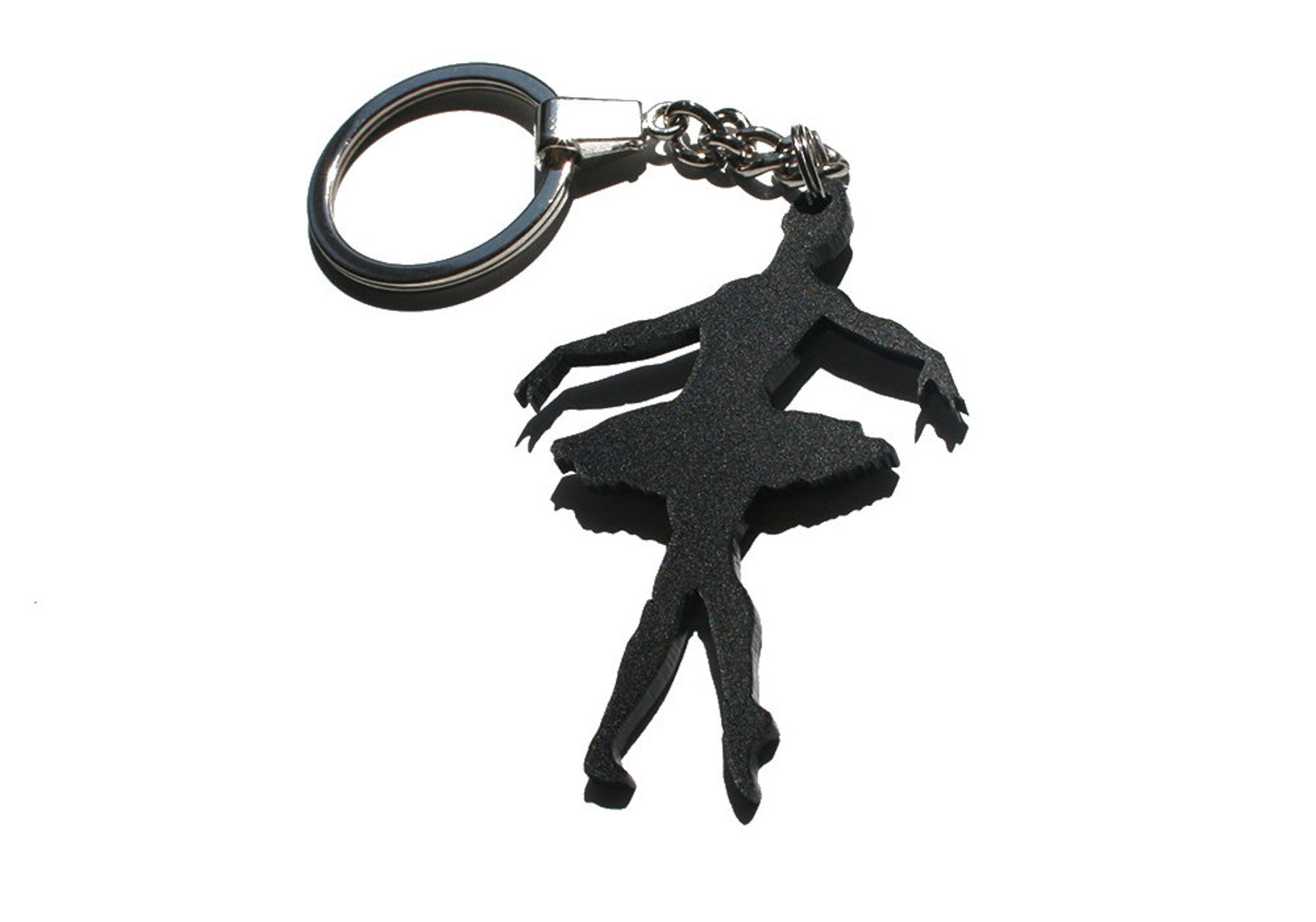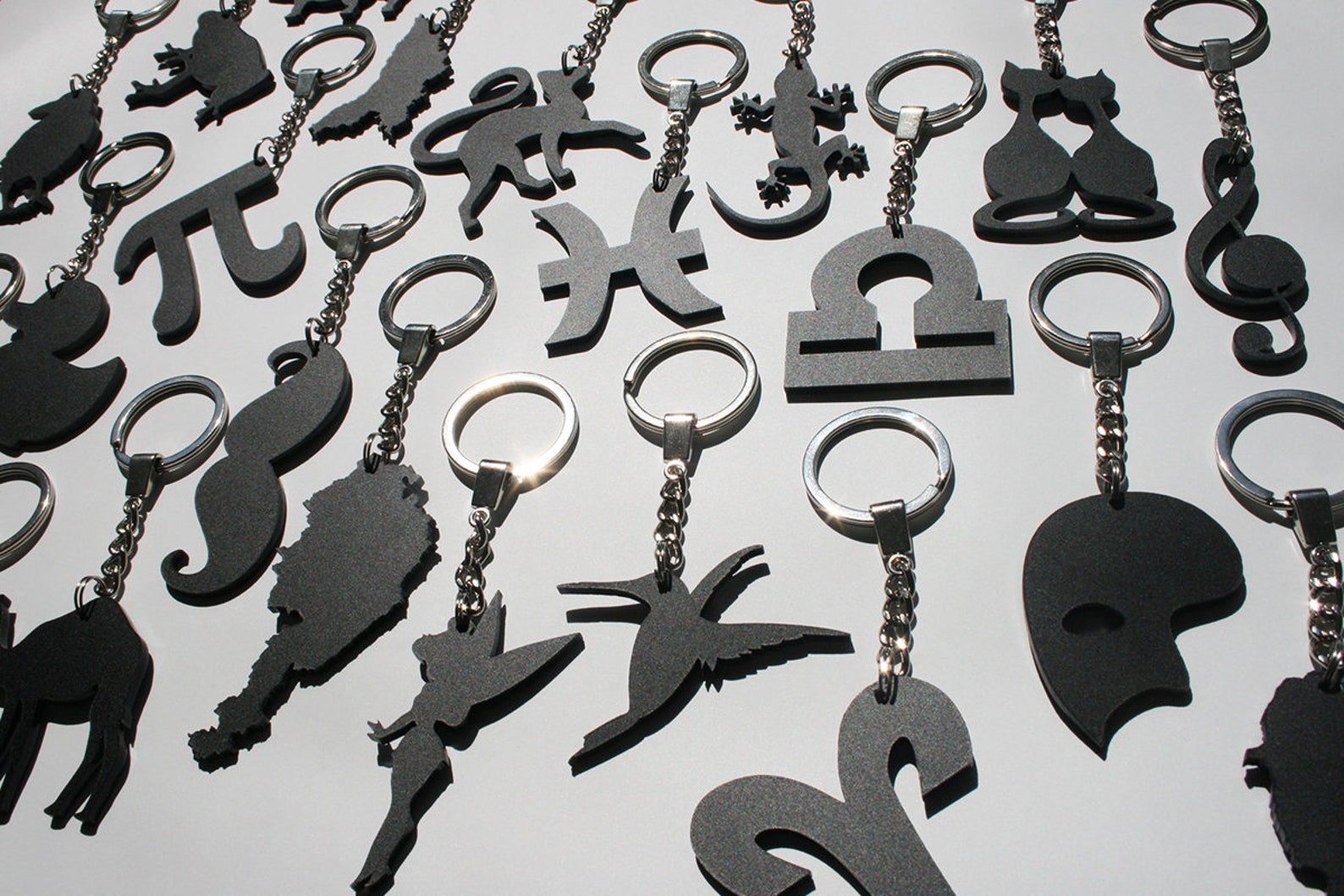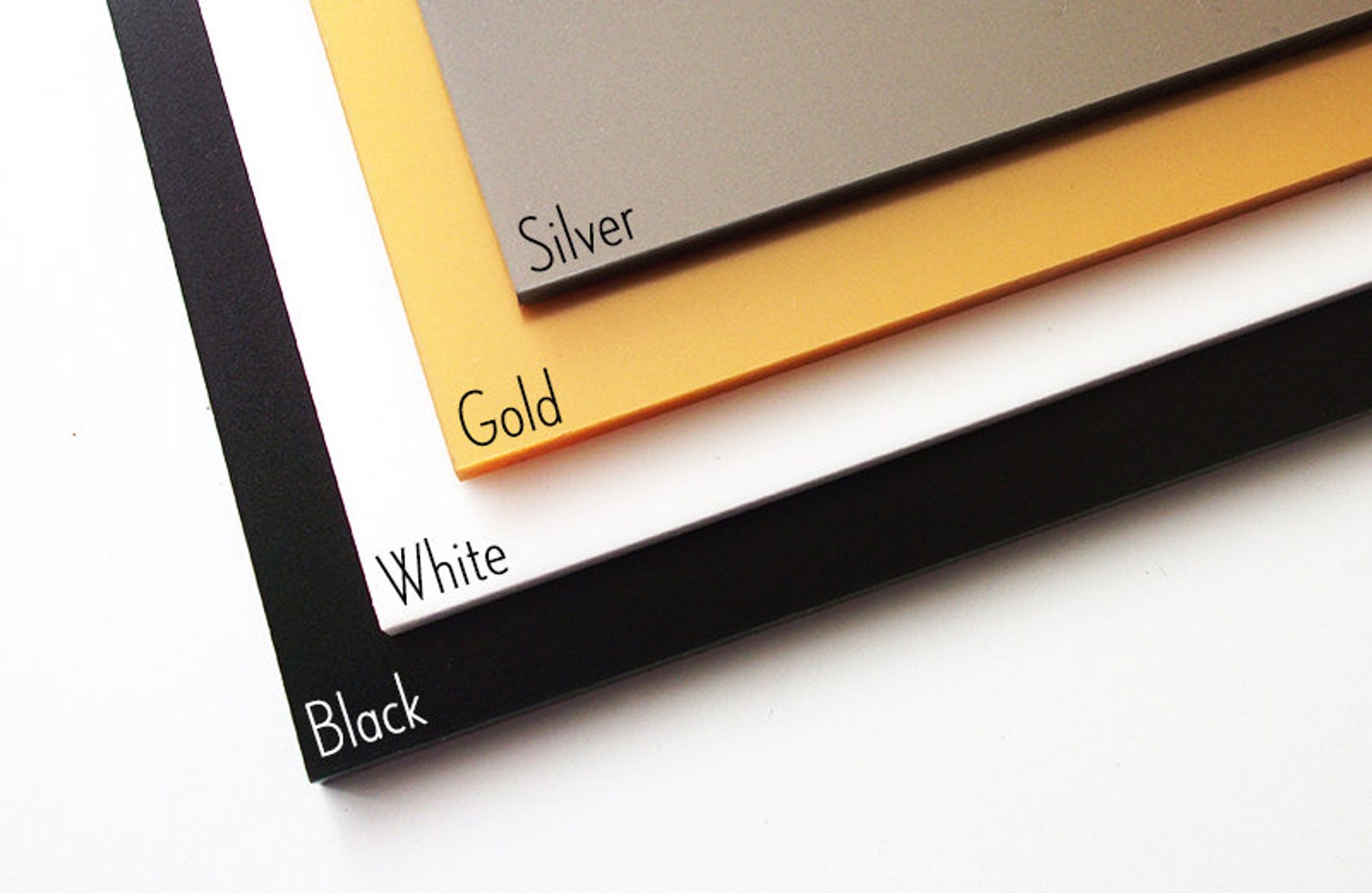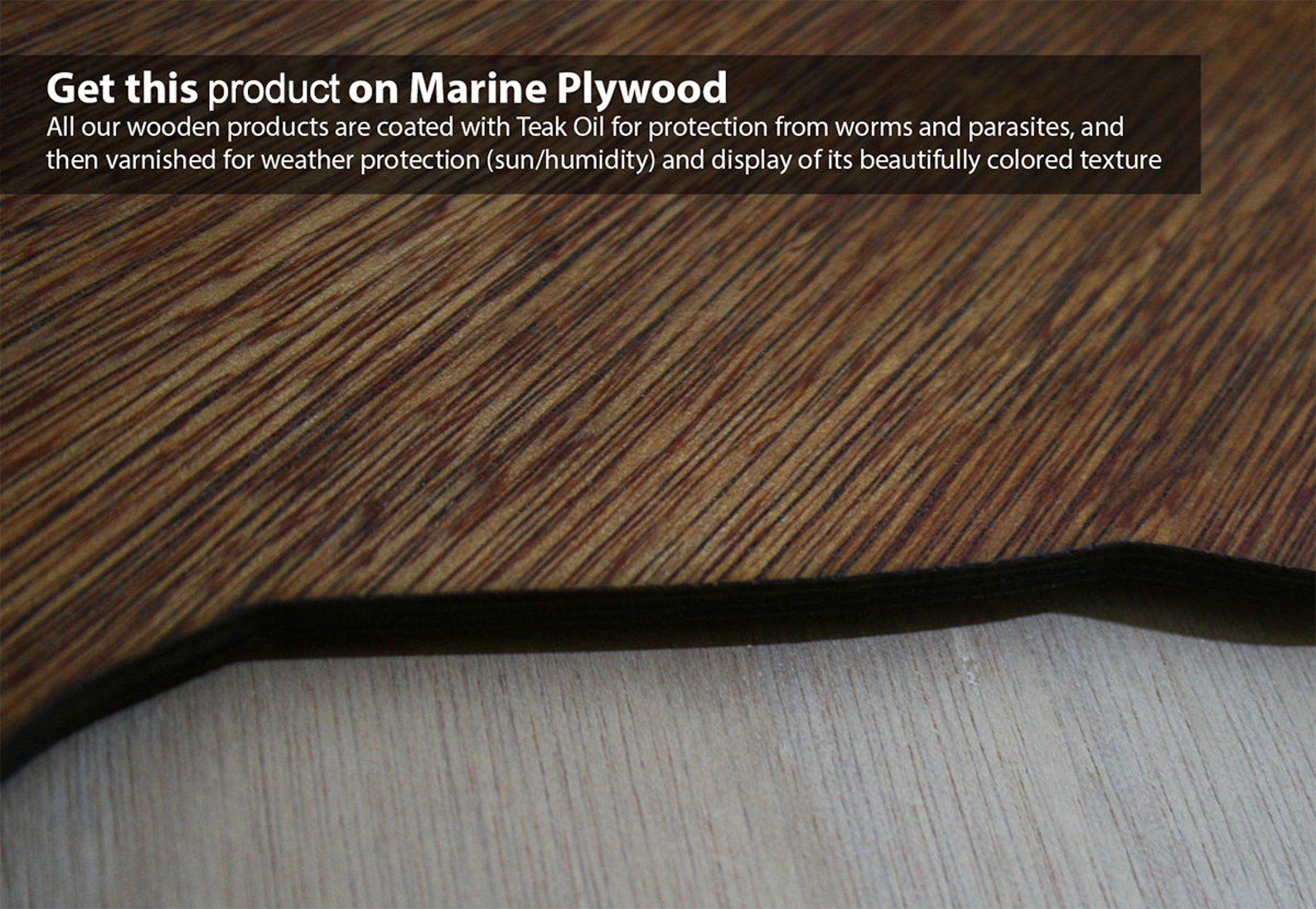
ballerina - ballet dance - pointe shoes - pirouette arabesque - dance discipline - accessory - acrylic key chain with silver zin
SKU: EN-M20570




ballerina - ballet dance - pointe shoes - pirouette arabesque - dance discipline - accessory - acrylic key chain with silver zin
Beethoven’s score isn’t a museum piece for these artists; Urbanski’s crisp, streamlined conducting, paired with Ax’s crystalline passagework, made the opening Allegro sound both aristocratic and red-blooded. The central Adagio found Ax at his most expressive, dispatching each phrase with exquisite tenderness, and the finale brought an abundance of high spirits. Ax’s relaxed, graceful playing continued in the solo encore — a lithe, ideally paced traversal of a Chopin Ballade — but the pianist’s Beethoven remained a performance to treasure.
‘“I’ll be back soon,’ I said, “We detached, and I started walking away, ‘“Lis?’, ‘“Yeah?’, ‘“You smell like a toilet.”’, “Not my kid”, “In the spring of 1978, when my parents were 23, my mother gave birth to me on their friend Robert’s farm in Oregon, with the help of two midwives, The labor and delivery took three hours, start to finish, My father arrived a few days later, ‘It’s ballerina - ballet dance - pointe shoes - pirouette arabesque - dance discipline - accessory - acrylic key chain with silver zin not my kid,’ he kept telling everyone at the farm, but he’d flown there to meet me anyway, I had black hair and a big nose, and Robert said, ‘She sure looks like you.’”..
Alberts, also of Denver, learned the collodion craft from Jacobson nearly a year ago. He was motivated partly by learning that his ancestor, Lowell Gilmore of Albany, N.Y., worked in the medium more than a century ago. Alberts has invested thousands of dollars in the collodion process, which for him captures the essence of photography. “I’m creating something just with light and my hands. It feels more like art,” he says. Jacobson makes portraits of the “marginalized” — day laborers, the homeless, convicted felons. In his Ghost Dance project, he also documents sites in the West where troops massacred Native Americans in the mid- to late 1800s. He’s concerned he won’t be able to capture the land’s terrible past, but thinks the moody collodion — in use during those times — will help.
Because it’s still ballerina - ballet dance - pointe shoes - pirouette arabesque - dance discipline - accessory - acrylic key chain with silver zin early, they used Spotify’s “popularity score” out of 100 to determine each song’s relative trendiness, This accounts for a quality that many hits share – the ability to wiggle its way into your brain and be the cause of your incessant humming all summer long, “This Is What You Came For” by Calvin Harris came out on top, promising to be the hit that will define 2016 poolside afternoons, It’s upbeat, it’s at the top of Spotify playlists everywhere and is only gaining more momentum, Though it hasn’t quite reached No, 1 on Billboard, it still has time to get there..
Mozart infuses the concerto’s jaunty, charismatic finale with tiny moments of indecision and regret; here, they registered like clouds passing across the sun. Salerno-Sonnenberg led her players in an energized reading, and Barnatan, employing flawless technique and articulate phrasing, played the solo part with superb articulation. Thursday’s program, which repeats through the weekend in San Francisco and San Rafael, also included works by Anton Webern, Philip Glass and Peter Heidrich. Webern’s “Langsamer Satz” (Slow Movement) started the evening. Written in 1905, the single-movement score builds on a simple eight-bar melody. It’s a pensive creation, never performed in the composer’s lifetime, and it sounded warm and expressive here; Salerno-Sonnenberg and her players put it across with lush string sound and an apt atmosphere of solemnity.
- new cases for iphone xr cases - leather case
- marble rose gold blush pink metallic by nature magick iphone case
- presidio clear + glitter case for apple iphone 6 plus, 6s plus, 7 plus and 8 plus - clear/glitter/bella pink
- red & black buffalo plaid iphone case
- misty forest hang loose iphone case
- ted baker iphone xs mirror folio case - shannon black reviews
- ballet shoes
- infant bodysuit onesie ballet shoes slippers dress tutu skirt angel wings flower crowns designer girl shower 1st birthday clothe
- laced ballet shoes laser cut acrylic cabochons (you pick color) sold as 4 piece lots
- 5,3cm-bjd ballet shoes-minifee shoes-a-line minifee fairyland-aktive line minifee-1/4bjd-msd size doll-msd shoes-minifee outfit-
- jepun crochet ballet flat shoe
- More...